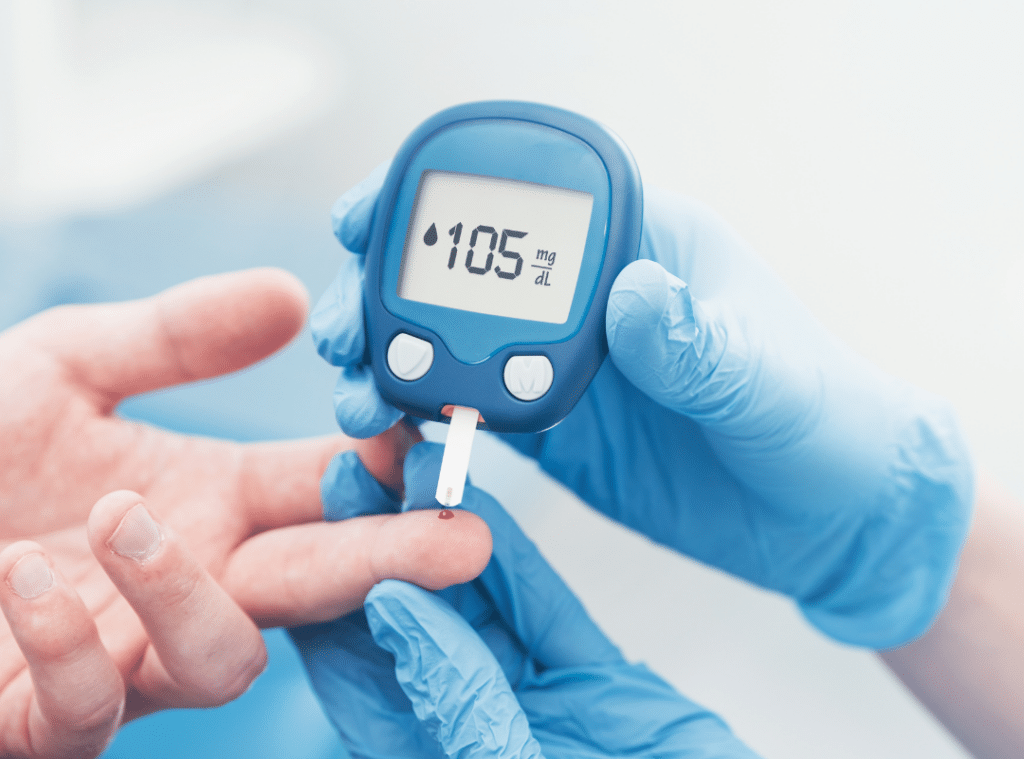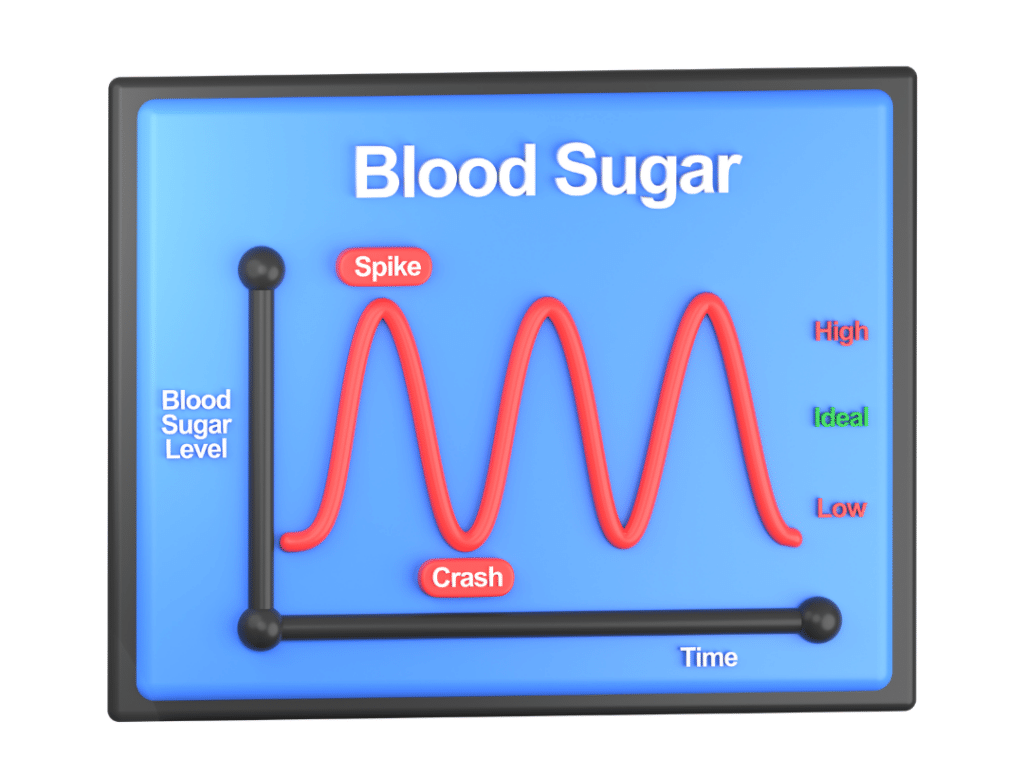Elderly Blood Sugar Levels Chart: Your Health Guide
As we age, keeping blood sugar in check becomes more than a recommendation—it becomes a necessity. For older adults, managing glucose levels is key to preventing long-term complications such as heart disease, neuropathy, and kidney damage. Whether you’re managing diabetes or simply want to remain proactive about your health, understanding how elderly blood sugar levels chart data can guide decisions is a powerful tool.
At Westmont of Carmel Valley, we prioritize your health and empower you with knowledge. By learning how aging affects glucose regulation, what levels are considered healthy, and how to respond to fluctuations, you’re better equipped to enjoy a fulfilling and independent lifestyle. Let’s explore how the elderly blood sugar levels chart and related tools can help you or your loved one thrive in later years.
Understanding the Elderly Blood Sugar Levels Chart
For seniors, understanding how blood sugar should look across different times of the day is the first step toward proactive health. The normal blood sugar levels chart provides a great baseline: fasting blood glucose should typically range between 70–99 mg/dL. However, the ideal ranges for older adults are slightly more relaxed to reduce the risk of hypoglycemia. For example, a fasting range of 80–130 mg/dL and bedtime levels from 100–180 mg/dL are considered reasonable.
You might be wondering, what level of blood sugar is dangerous? A reading consistently above 180 mg/dL post-meal may indicate hyperglycemia, while levels under 70 mg/dL suggest hypoglycemia—both of which require medical attention. Monitoring your glucose against an elderly blood sugar levels chart can help you catch warning signs early.
The Importance of Age-Specific Blood Sugar Charts
Glucose regulation doesn’t follow a one-size-fits-all model. That’s why tools like the female blood sugar levels chart by age and the blood sugar level age 50 to 60 charts are essential. These charts accommodate changes in metabolism, hormonal shifts, and physical activity levels.
For instance, what is the normal blood sugar level for a 70-year-old may differ slightly from that of someone in their 50s. A 70-year-old might have a post-meal target closer to 180 mg/dL, while a 50-year-old should aim for closer to 140 mg/dL. By using age-appropriate charts, seniors and their caregivers can tailor dietary, medicinal, and exercise regimens more accurately.
For a detailed comparison of blood sugar charts by age and gender, visit the CDC’s Blood Sugar Resources.
What Level of Blood Sugar Is Dangerous?
It’s crucial to recognize what level of blood sugar is dangerous to prevent emergencies. Danger begins when levels deviate far from the normal range. Blood sugar over 250 mg/dL can lead to ketoacidosis, a life-threatening condition requiring immediate medical attention. Similarly, if your glucose drops below 54 mg/dL, severe hypoglycemia can occur, leading to confusion, seizures, or unconsciousness.
Having a reliable elderly blood sugar levels chart on hand helps track where your current readings stand. Seniors, especially those on medications like insulin or sulfonylureas, should remain vigilant and keep emergency glucose tablets or snacks close by.
Gender-Specific Monitoring: Female Blood Sugar Levels Chart by Age
Did you know that gender can affect how blood sugar behaves with age? The female blood sugar levels chart by age reflects hormonal differences, including menopause, which can impact insulin sensitivity. Women aged 50 and older might experience increased blood sugar fluctuations due to estrogen decline.
By using a gender-specific chart, women can better understand and address these hormonal impacts. Whether you’re 55 or 75, knowing your personal targets—like maintaining fasting blood sugar below 130 mg/dL—will enhance disease prevention and energy levels throughout the day.
We recommend visiting the American Diabetes Association for more resources tailored to women and senior health.
Best Practices for Ages 50 to 60
Seniors in their early retirement years should pay special attention to the blood sugar level age 50 to 60 range. This stage often involves major lifestyle changes—retirement, reduced physical activity, or increased stress—that may alter glucose control. A healthy fasting glucose target for this group is between 80 and 120 mg/dL, with post-meal readings ideally below 160 mg/dL.
This age group benefits greatly from preemptive lifestyle shifts such as reducing processed carbohydrates, walking daily, and maintaining consistent meal times. Pairing this knowledge with a normal blood sugar levels chart can help you stay on track and delay or prevent diabetes onset.

Monitoring Tools and Tips for Seniors
Keeping tabs on your glucose doesn’t have to be stressful. Thanks to modern devices like continuous glucose monitors (CGMs), tracking your levels against the elderly blood sugar levels chart is easier than ever. These tools offer real-time data, trending insights, and even alerts when levels dip or spike.
Daily monitoring is essential for seniors with comorbid conditions like hypertension or kidney disease. When paired with symptom recognition, such as confusion, dizziness, or increased thirst, you’re better prepared to respond quickly.
For more insight on how technology helps track senior health, check out Johns Hopkins’ Diabetes Tools.
Nutrition and Medication: A Powerful Duo
Medication plays a vital role, but it should be complemented with smart dietary choices. Metformin remains a popular choice among seniors, offering glucose regulation with minimal side effects. However, some may also need insulin or GLP-1 agonists for added control.
Nutrition supports these treatments. High-fiber, low-glycemic meals reduce sugar spikes, while hydration and regular protein intake support consistent energy. By syncing your medication and food intake with an elderly blood sugar levels chart, you improve day-to-day wellness and long-term outcomes.
Recognizing the Signs of Blood Sugar Fluctuations
Understanding symptoms linked to dangerous blood sugar levels can save lives. Hyperglycemia symptoms include frequent urination, fatigue, dry mouth, and blurred vision. Hypoglycemia, on the other hand, causes shakiness, sweating, dizziness, and confusion.
If you’re ever unsure, compare symptoms with your elderly blood sugar levels chart and test immediately. Seniors should also educate their caregivers and loved ones on what symptoms to watch for and how to respond.
Working With Healthcare Professionals
Managing blood sugar effectively in later years involves ongoing collaboration with your healthcare team. They can help interpret your female blood sugar levels chart by age, make adjustments to medication, and recommend lifestyle changes. They may also recommend checking your A1C levels every 3-6 months to ensure your average blood sugar is within a safe range.
An individualized plan helps align personal health goals with practical steps, keeping both seniors and caregivers informed and empowered.
A Healthier Future Starts With Awareness
The journey toward better health begins with understanding your body. Using an elderly blood sugar levels chart and resources like the normal blood sugar levels chart empowers seniors to stay independent and proactive. Whether you’re reviewing the blood sugar level in the age 50 to 60 range or checking what the normal blood sugar level is for a 70-year-old, being informed allows you to manage diabetes with confidence.
Take Charge of Your Blood Sugar Health Today
Managing your blood sugar is a lifelong commitment, but it doesn’t have to be overwhelming. By using age- and gender-specific tools like the elderly blood sugar levels chart, you’ll be better prepared to maintain a high quality of life. Whether you’re watching for signs, choosing better foods, or consulting your doctor, each step adds up to a healthier future.
Westmont of Carmel Valley is here to support your wellness journey every step of the way. If you’re seeking expert guidance in a compassionate environment, call us today at 858-465-7356. You can also explore our services and schedule a tour by visiting our community page. Let’s work together to turn knowledge into lasting health.
How Do The Costs Of Moving Into A Quality Senior Care Community Compare With The Costs Of Staying At Home?Compare The Costs of Senior Living vs Staying at Home
Frequently Asked Questions
What is the healthiest way to age?
The healthiest way to age is by maintaining a balanced lifestyle that includes regular physical activity, nutritious eating, mental stimulation, and strong social connections. Prioritizing preventive healthcare and regular checkups also plays a crucial role. Staying mentally positive and emotionally connected helps promote overall well-being as you age. Aging healthily means focusing on both body and mind for long-term vitality.
What are the 10 healthy tips?
Ten healthy tips for aging well include: staying active, eating a balanced diet, getting regular sleep, managing stress, staying hydrated, maintaining social ties, avoiding tobacco, limiting alcohol, keeping the brain engaged, and scheduling regular health screenings. These habits support physical, mental, and emotional health. Incorporating them into your daily life helps prevent chronic illness and promotes longevity. Consistency is key to seeing long-term benefits.
What is the daily ritual for healthy aging?
A good daily ritual for healthy aging includes starting the day with light exercise or stretching, eating a nutritious breakfast, staying mentally active with reading or puzzles, and maintaining hydration. Social interaction, even if just a phone call, also supports emotional health. Ending the day with relaxation techniques like meditation or a walk can improve sleep and reduce stress. This routine keeps the mind and body functioning optimally.
What is the 1 rule of aging?
The number one rule of aging is to keep moving, both physically and mentally. Staying active helps maintain strength, flexibility, and cognitive health. Movement can be anything from walking to doing puzzles, as long as it keeps you engaged. Staying curious and connected is essential for healthy and fulfilling aging.









